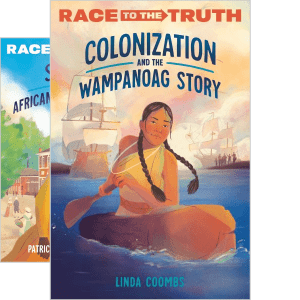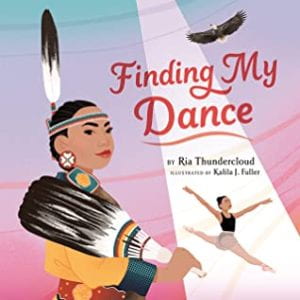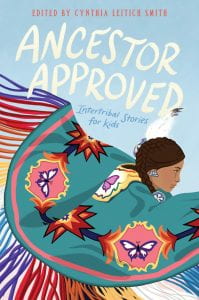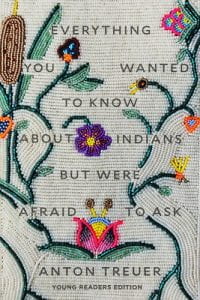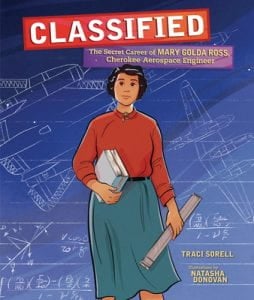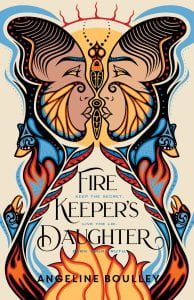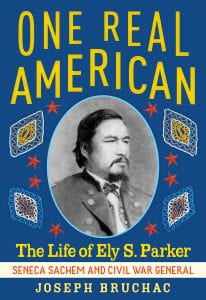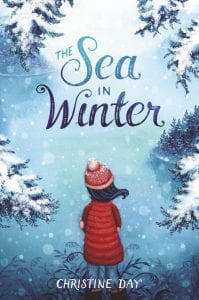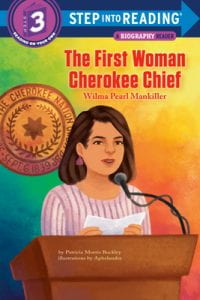 Buckley, Patricia Morris. The First Woman Cherokee Chief Wilma Pearl Mankiller. Random House, 2023. 978-0-593-56850-7. 48 p. $5.99. Grades 1-3.
Buckley, Patricia Morris. The First Woman Cherokee Chief Wilma Pearl Mankiller. Random House, 2023. 978-0-593-56850-7. 48 p. $5.99. Grades 1-3.
For many years, before European settlers arrived in America, Cherokee men and women equally shared the leadership of their nation. This created balance, which is an important idea in Native cultures. White settlers told Native people that only men should be leaders, and this shifted the balance of power for generations. Wilma Pearl Mankiller believed that the chief should be the person best suited for the job, no matter whether they were a man or a woman. Pearl was born in 1945 in Oklahoma and lived on Cherokee lands. She felt a strong connection to the natural world around her and had a hard time adjusting to her new life when her family moved to the city. After graduating from college, she made a career of helping Native people stand up for their rights. She helped Cherokee families improve their communities by fixing up houses, installing running water, and founding Native American Youth Centers. In 1987, Pearl ran for Cherokee Nation chief. Although some people did not want a female leader, she reminded them how women once had equal responsibilities in running the tribe. She ultimately was elected the first female chief of the Cherokee Nation. During her ten years as chief, she welcomed new businesses, oversaw the construction of health clinics and job training centers, and built day care centers and schools.
THOUGHTS: This easy reader biography reminds young readers that anyone can be a leader and inspires them to think about how they can bring positive changes to their own communities. This title will be a solid addition to biography collections, particularly for schools trying to increase their texts on underrepresented populations.
973.04 Native Peoples in United States
Biography

